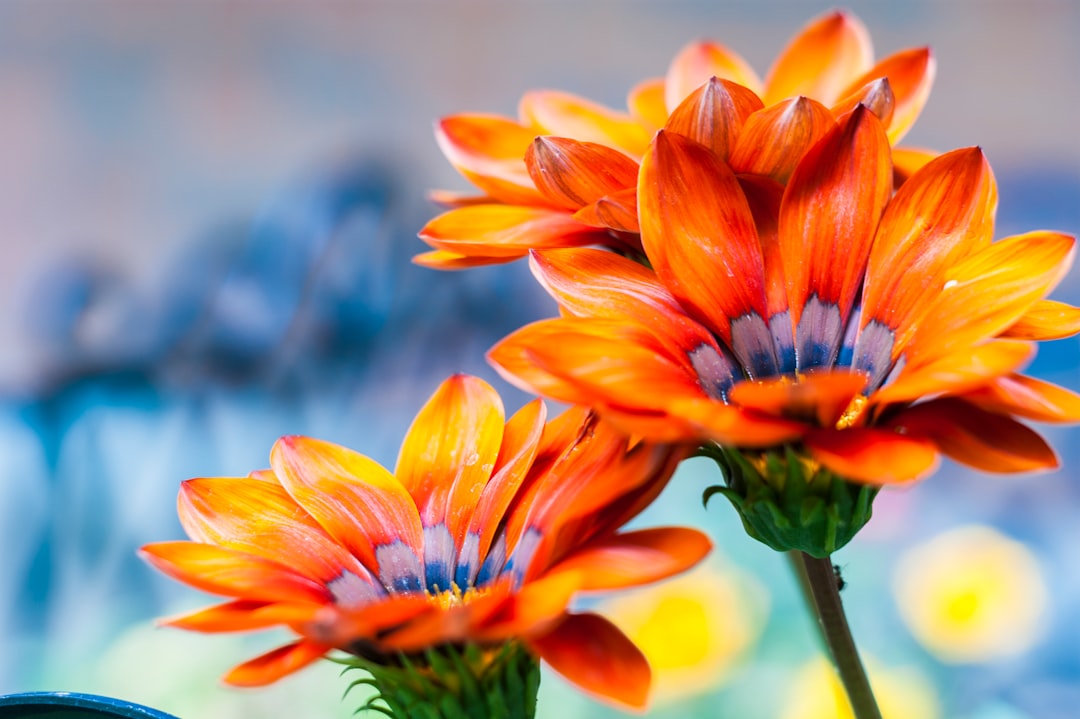Deadheading flowers may sound like a chore, but it’s one of the most rewarding gardening tasks. This simple technique, which involves removing spent or faded blooms, can transform your flower garden into a vibrant, tidy, and bloom-filled haven. Whether you’re a seasoned gardener or just starting out, understanding the benefits of deadheading and how to do it properly can elevate your gardening experience.
What Is Deadheading?
Deadheading is the process of removing flowers from a plant after they have finished blooming. This task involves snipping or pinching off the old blooms to encourage the plant to focus its energy on producing new flowers rather than developing seeds.
Why Deadheading Matters
1. Promotes Continuous Blooming
Many flowering plants, especially annuals and perennials, are programmed to reproduce by forming seeds. By removing the spent blooms before they go to seed, you encourage the plant to produce more flowers as it tries to complete its reproductive cycle.
Plants That Benefit from Deadheading:
-
Roses
-
Petunias
-
Zinnias
-
Marigolds
-
Geraniums
2. Improves Plant Health
Deadheading prevents the plant from wasting energy on seed production. This allows it to channel its resources into growing stronger stems, healthier leaves, and more vibrant blooms.
3. Keeps Your Garden Tidy
Spent flowers can make a garden look untidy or neglected. Removing them ensures your flower beds and containers maintain a neat, manicured appearance.
4. Reduces Risk of Disease
Old, decaying flowers can attract pests and fungal diseases. Deadheading helps maintain a clean and healthy garden environment.
5. Encourages a Longer Growing Season
By regularly deadheading, you can extend the blooming period of many flowers well into late summer or early fall.
How to Deadhead Flowers
Deadheading is a straightforward task, but doing it correctly ensures you get the best results without damaging your plants.
Tools You’ll Need:
-
Fingers: For soft, thin-stemmed flowers like petunias, you can pinch off the blooms with your fingers.
-
Pruning Shears or Scissors: For tougher stems like those of roses or dahlias, use clean, sharp tools.
Steps for Deadheading:
-
Identify the Spent Flower: Look for blooms that have faded, wilted, or turned brown.
-
Find the Right Spot to Cut: Locate the first set of healthy leaves or a new bud below the spent flower. Cut just above this point.
-
Dispose of the Debris: Collect the removed flowers and compost them, or dispose of them to keep your garden tidy.
Tips for Effective Deadheading:
-
Check your flowers weekly to stay on top of deadheading.
-
Be gentle to avoid damaging new buds.
-
Avoid cutting off unopened buds by closely examining the plant.
When to Deadhead
The timing and frequency of deadheading depend on the type of flower:
-
Continuous Bloomers: Flowers like marigolds, zinnias, and cosmos benefit from regular deadheading throughout their growing season.
-
Roses: Deadhead repeat-blooming roses after each flowering cycle, but stop a few weeks before the first frost to allow the plant to prepare for dormancy.
-
Perennials: For flowers like coneflowers and black-eyed Susans, deadhead regularly to promote more blooms. However, you can leave the last blooms of the season for seedheads, which attract birds.
Flowers That Don’t Need Deadheading
Some plants are "self-cleaning," meaning they drop their spent flowers on their own. Examples include impatiens, begonias, and vincas. For these plants, deadheading is unnecessary.
Deadheading as Part of Your Garden Routine
Incorporate deadheading into your regular garden maintenance. It’s a great opportunity to inspect your plants for pests, diseases, or signs of stress. Plus, it’s a therapeutic activity that connects you with your garden while ensuring it looks its best.
Final Thoughts
Deadheading is a small effort with big rewards. By removing spent blooms, you encourage your plants to keep flowering, maintain a tidy and attractive garden, and foster overall plant health. It’s one of the simplest ways to maximize the beauty of your garden while spending quality time among your flowers.
So, grab your pruners or just your hands, and start deadheading! Your flowers (and garden visitors) will thank you with an abundance of vibrant, fresh blooms.
What are your favorite flowers to deadhead, or do you have any tips to share? Let us know in the comments! 🌸

Comments
No comments yet. Be the first to comment!
You must be logged in to comment. Login